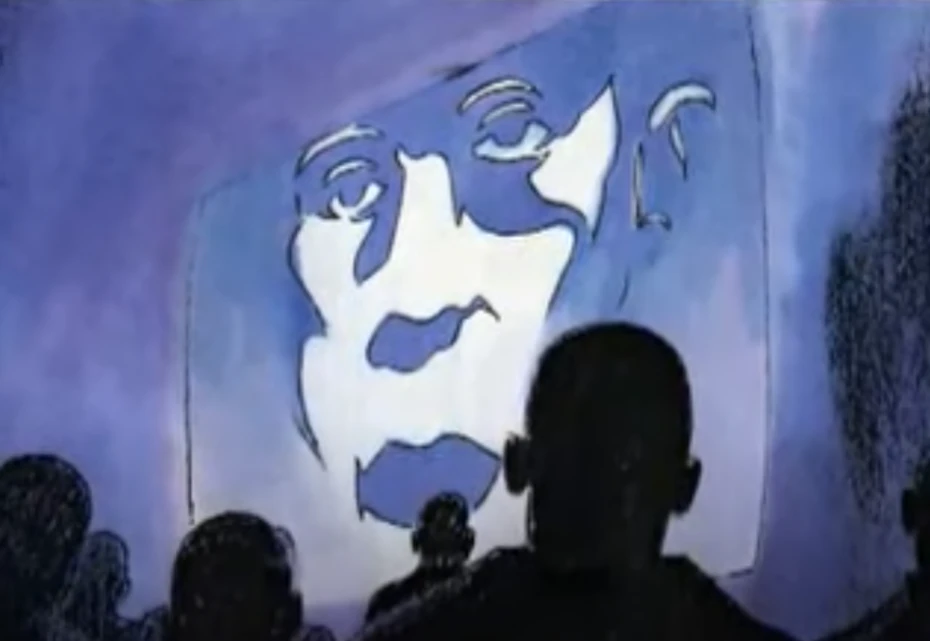To see the problem, watch the below focus group of Apple’s 1984 TV commercial.

Watch How This Traditional Method Fails For TV
If we listened to traditional TV/video creative strategy, arguably the best TV Commercial of all time would never have been built.
Why do surveys, focus groups, panels, and qualitative methods get video so wrong?
In a nutshell, the current approaches are not based on real-world behavioral response to an ad. They measure in synthetic environments that don’t mirror how an ad will be seen in the real world. In statistics, we call this an “out of sample” error. Malcolm Gladwell’s book “Blink” goes into more detail on why this is a problem; different parts of the brain are engaged when being surveys / focus grouped vs. responding to an ad in a natural environment.
Ironically, the flaw with most traditional market research mirrors why businesses shouldn’t bother asking if a prospect will buy a new product. Instead, they need to measure if the prospect actually buys.
What a person says they’ll do and what they do are entirely different measurements that are often at odds with each other.
-Tim D’Auria, Chief Data Scientist
To summarize, surveys and focus groups measure what a person says they will do, or more specifically, how they say they’ll respond. Therein lies the problem.
Videoquant: How We Crush The Status Quo.
For a brand using traditional market research tools that include both Kantar & Ipsos, VQ high predictions yielded 4.4x more incremental downstream lift in a blind case study (p-value 0.03). This translates to ~$2.4M savings per $10M media.
The trick: Videoquant ONLY uses real-world response data from over 10 million TV commercials and video assets.
VQ doesn’t measure what a viewer says (like surveys & focus groups). It measures what a viewer does at massive scale, then finds patterns.
Unlike tools that rely on focus groups and surveys “behind-the-scenes,” none of which are great at foretelling real-world TV results, Videoquant is a new statistical-GPT technique that uses actual behavioral TV & video data to understand how a target audience responds to video stimuli at massive scale.
But Videoquant’s power goes beyond red-flagging issues with traditional market research output. Videoquant can score just about any new TV or video strategy and put statistical confidence bands around its likelihood of success. It can then tell you how to modify the strategy to yield higher response. In cases where an existing creative strategy can’t be made viable for TV, it will suggest alternative strategies more likely to work for your goal & audience.
Put bluntly, Videoquant blows traditional TV research approaches like those of Kantar and Ipsos out of the water. It would mathematically be very difficult to beat Videoquant.
